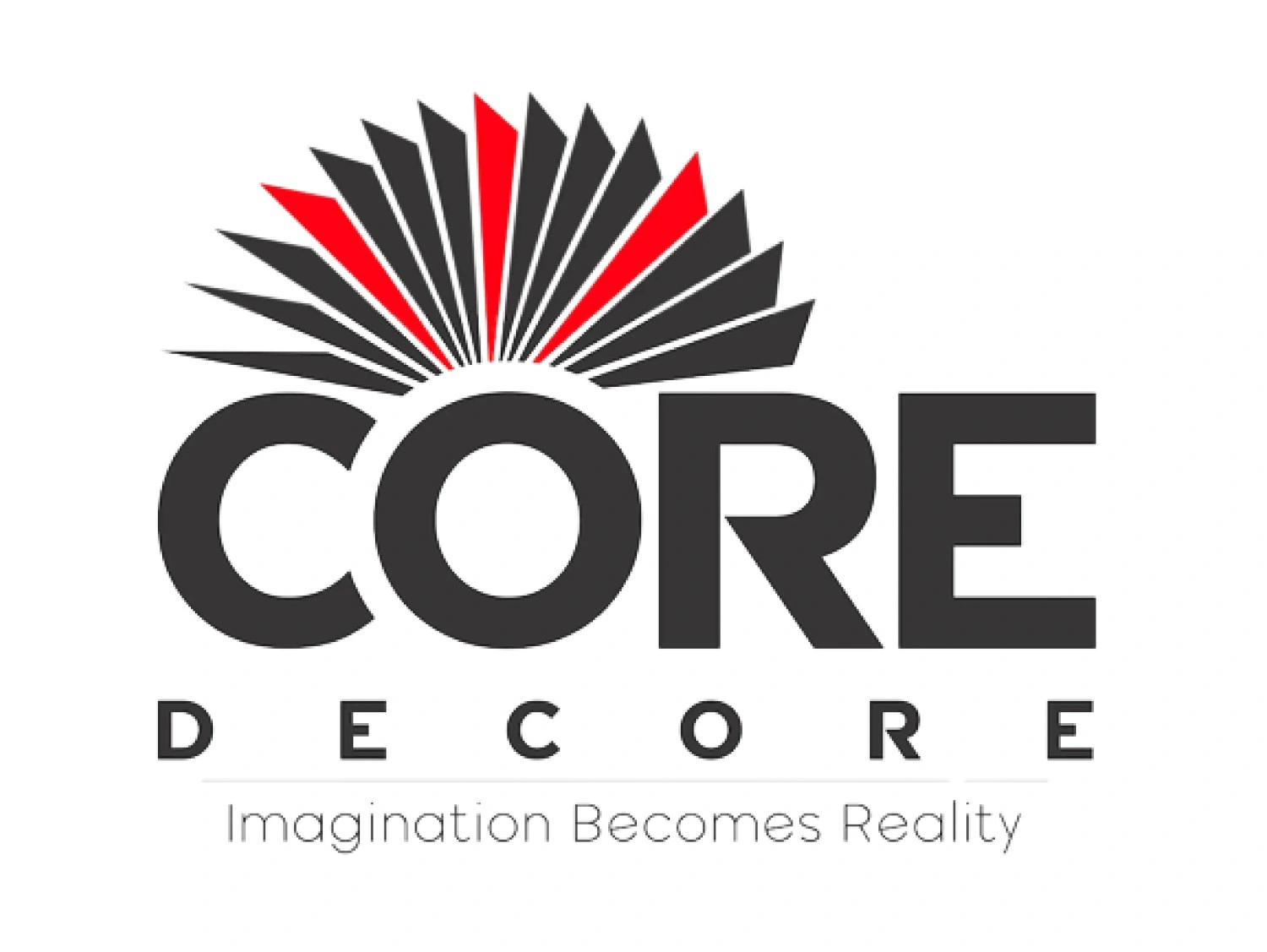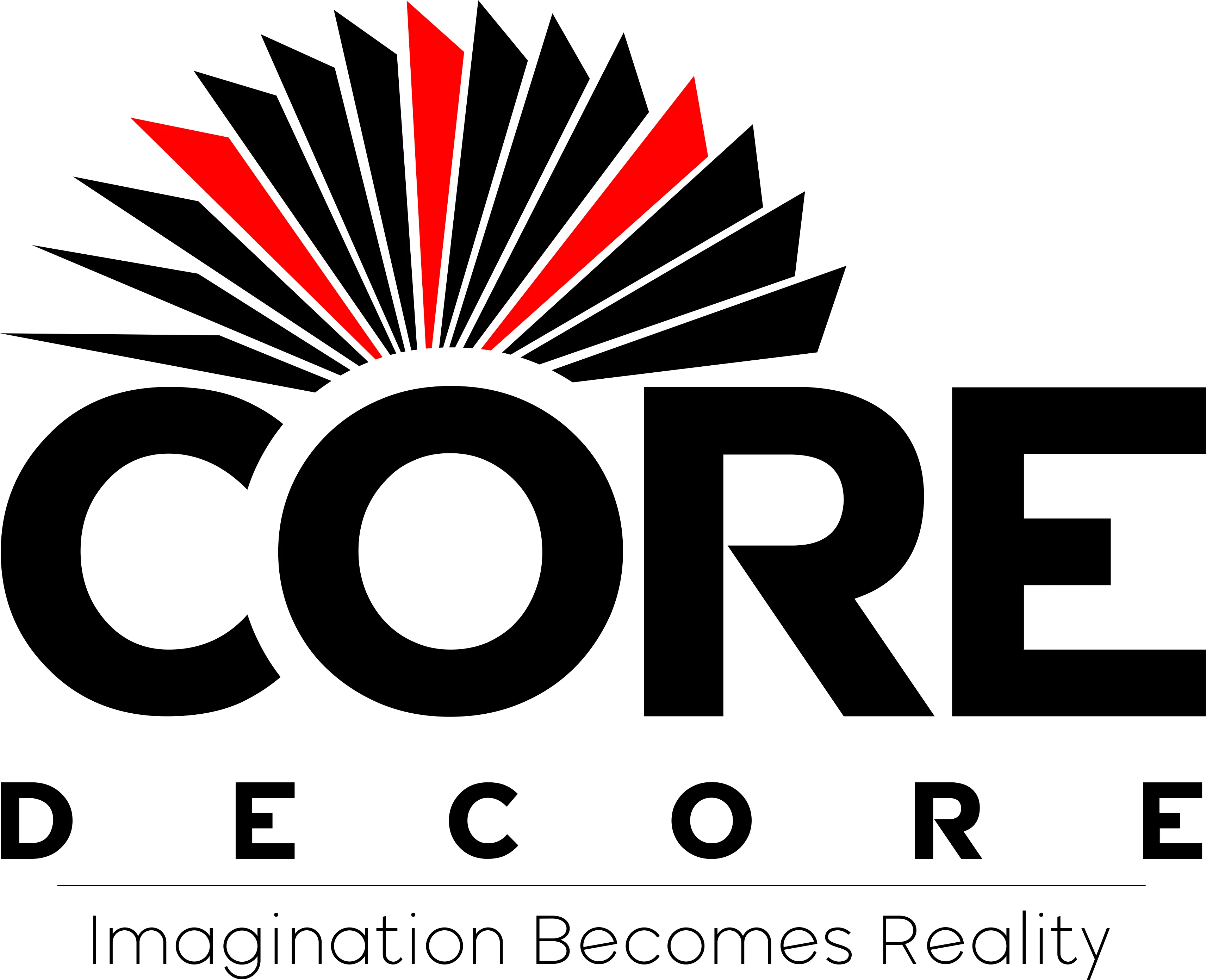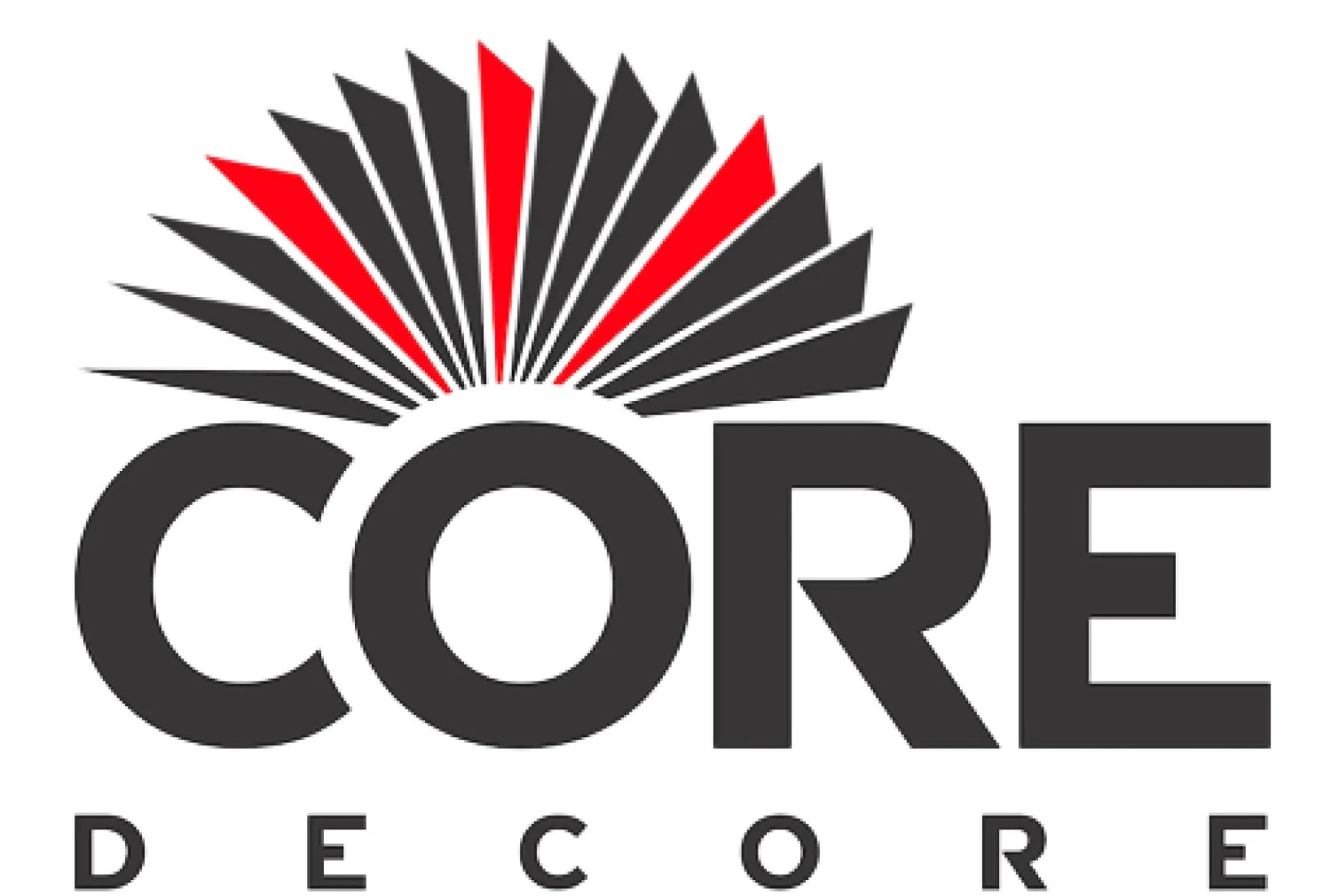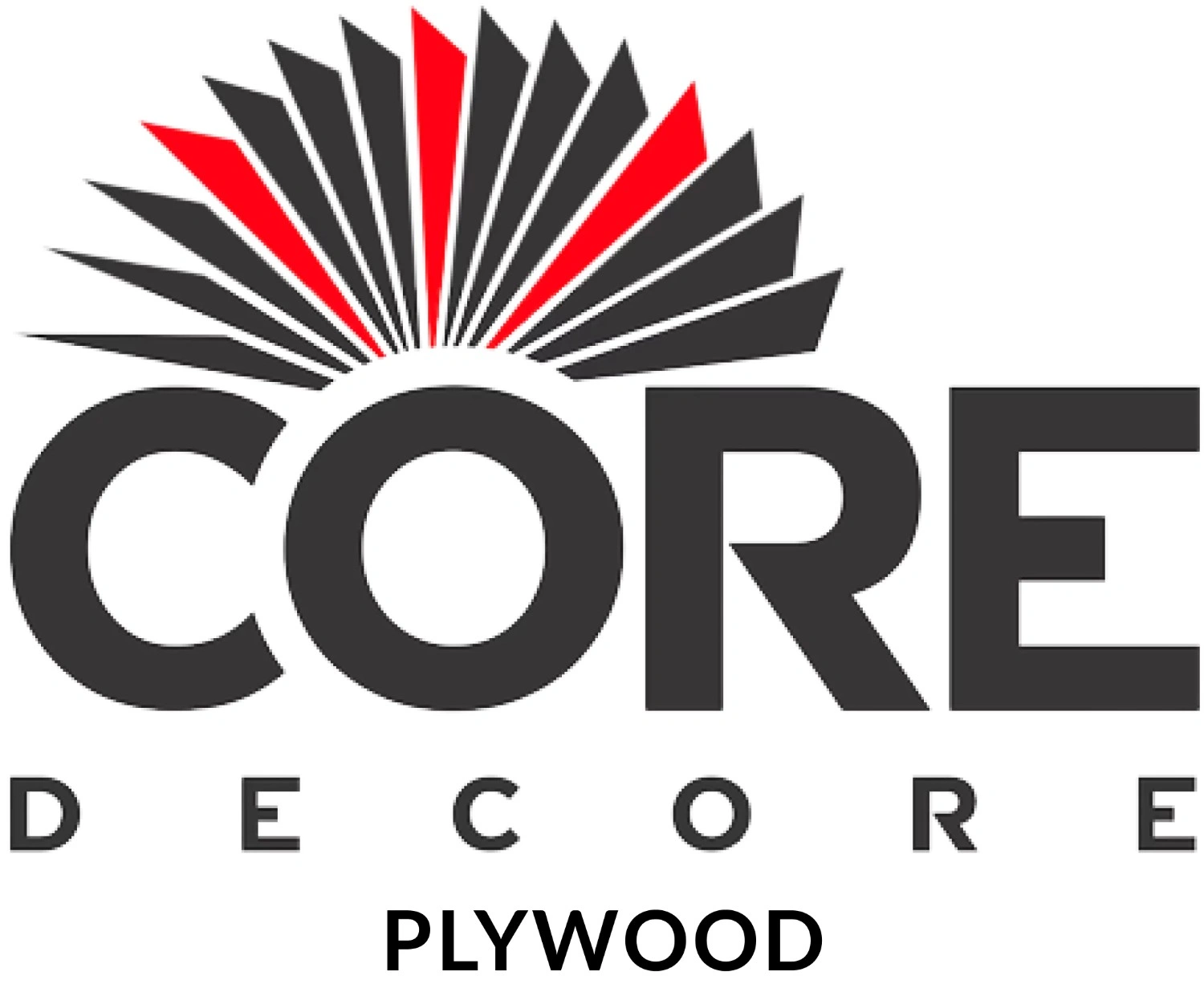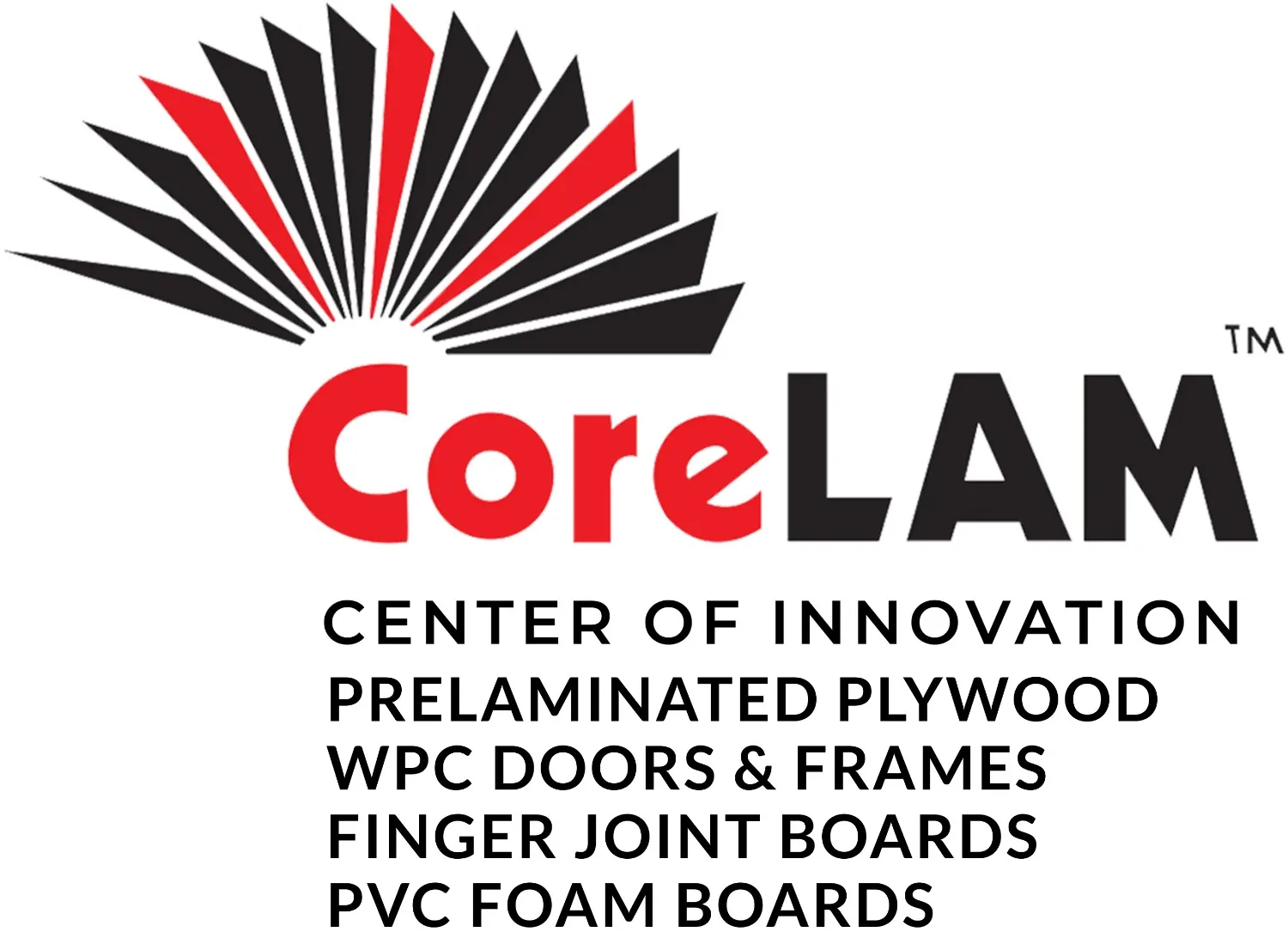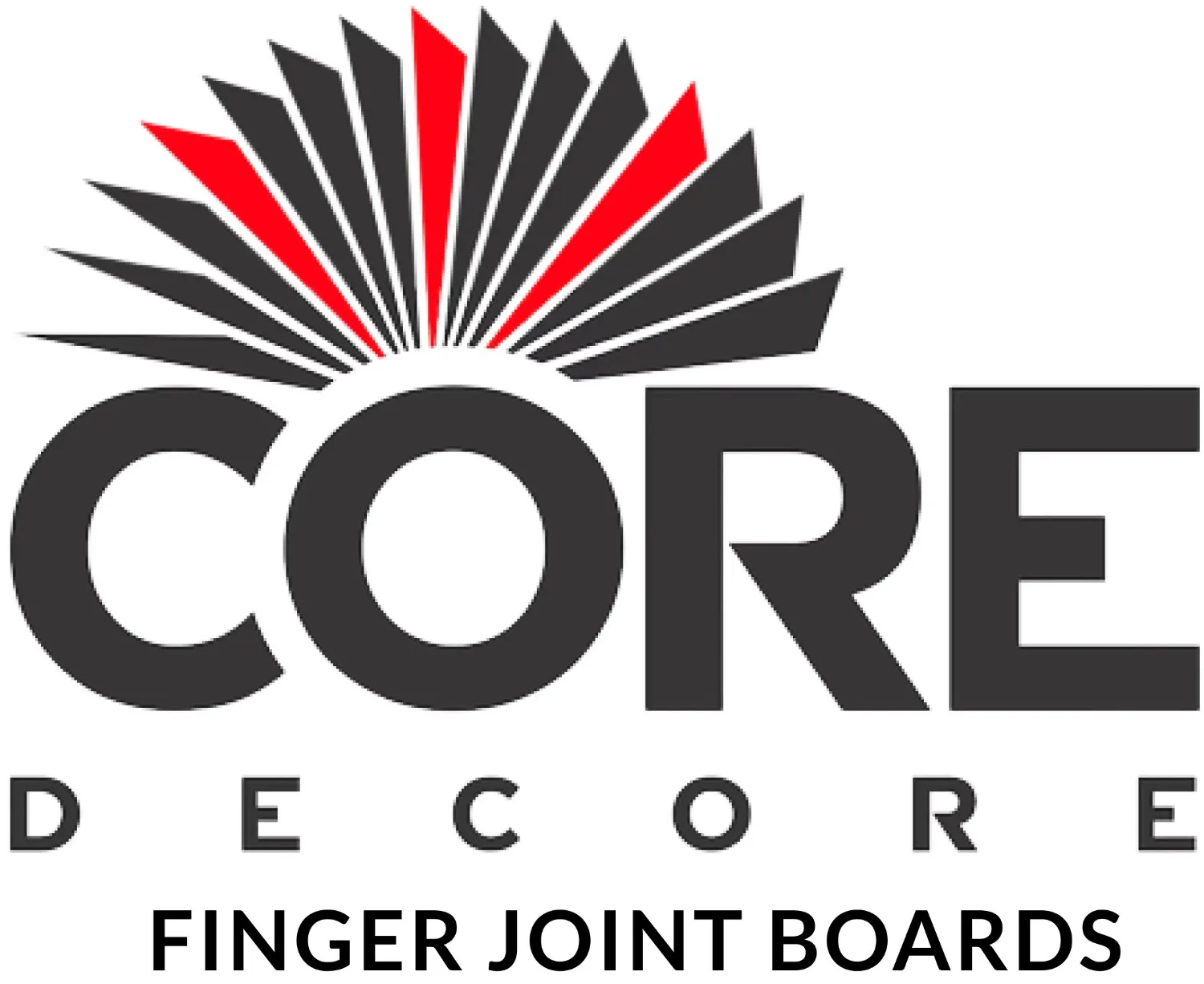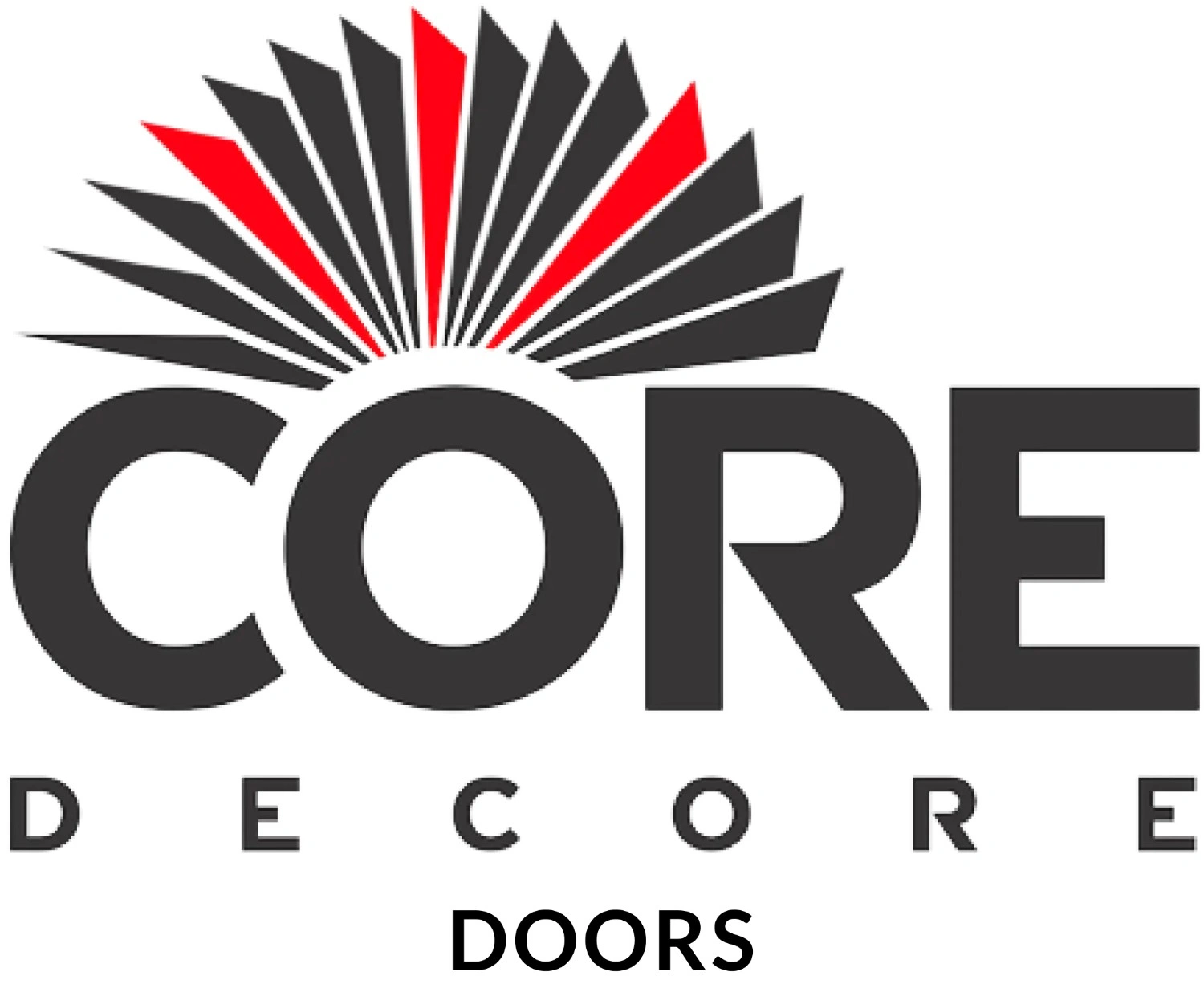Properties of plywood as a building material
While choosing a building material, the ultimate aim is to overcome the problems faced in conventional methods as well as facilitating ease of work and opting to eco-friendly options while considering contemporary environmental conditions. So the properties that makes plywood as an ideal building material are most importantly its resistance to external factors, resistance to change in dimension and durability.
1. Plywood checkmates other materials by its durability quality
Durability is the ability to withstand the force per unit area which is pressure. Plywood achieves high durability by its unique cross sectional layered structure through its manufacturing technique where high quality woods envelops the lower quality woods in such a way it balances the dimensional stability. If we elaborate it
- Inter structure of plywood: Plywood is basically composite material, made up of multiple layers of thin wood veneers. The number of layers can vary but mostly odd numbers are used. This structure attains its dimensional stability by placing the layers of wood veneers at right angles to each other.
- Right angle, cross grain arrangement: This arrangement counter attacks the natural tendency of wood to expand or contract due to change in temperature or humidity.
- Controlled manufacturing process: Involves drying the wood veneers to a precise moisture content before assembly. This avoids warping,shrinking of wood.
2. Resistance to change in external factors
Resistance to moisture
It can resist the effects of moisture by its layered structure and the use of moisture resistant adhesives. This makes it a suitable material for areas where exposure to water and moisture is consistent.
Uniformity
The manufacturing process makes sure that the plywood is uniform in thickness and quality that ultimately ensures consistent performance in various applications.
Fire resistance
- During the production process, the manufacturers impregnate plywood with fire-retardant materials which slows down the ignition and combustion of wood.
- Fire resistant coating can be applied that forms a protective layer that prevents the spread of flames and reduces the rate of burning.
- Some types of fire-resistant plywood incorporate a mineral core such as gypsum.
Chemical resistance
Plywood itself is not inherently chemical-resistant, as its primary composition involves wood veneers glued together.
- Plywood can be coated with chemical resistant coating to create a protective barrier against corrosive coating.
- Use of resistant adhesive: Some adhesives are more resistant to chemical degradation, and manufacturers can choose formulations that enhance the plywood's overall chemical resistance.
Pressure - treated plywood:
It involves impregnating the wood with preservatives under high pressure. While this treatment is primarily used to protect against decay and insects, it can also enhance the plywood's resistance to certain chemicals.
3. Resistance to change in external factors
- Thin veneer layer: Veneers are the building blocks of the plywood. These veneers are typically thinner than solid wood boards. These veneers make the plywood to bend more easily due to its thinness.
- Presence of adhesive: Adhesive is used to bond the veneers together. The adhesive allows the wood veneers to move slightly relative to each other, contributing to the overall flexibility of the material.
- Lamination process: In order to set the adhesive and shape the plywood, during the manufacturing process, plywood is subjected to heat which enhances the flexibility of plywood.
4. Panel shear of plywood
The panel shear strength of plywood refers to its resistance to forces that act parallel to the plane of the panel.
Number of plies
The number of plies affect its shear strength. The number of plies is directly proportional to the number of plies. The more the number of plies, the more shear strength.
Quality of material
The quality of the wood veneers used in the production of plywood influences its shear strength. Selecting high-quality veneers with consistent grain patterns and minimal defects contributes to the overall strength of the plywood.
In conclusion, plywood stands out as an ideal building material due to its multifaceted qualities that address diverse construction needs. Its cross-grain construction provides exceptional strength and dimensional stability, minimizing issues such as warping and shrinking. Plywood's versatility enables easy customization, allowing it to adapt to various applications with consistent performance. The controlled manufacturing process, encompassing precise drying and the use of high-quality adhesives, ensures uniformity and durability. Plywood's resistance to moisture, cost-effectiveness, and eco-friendly options contribute to its widespread usage. Additionally, advancements, such as fire-resistant and chemical-resistant treatments, enhance its suitability for specialized applications. Overall, plywood emerges as a reliable, flexible, and resilient building material, meeting the demands of modern construction while maintaining a balance of strength, adaptability, and environmental conscientiousness.
